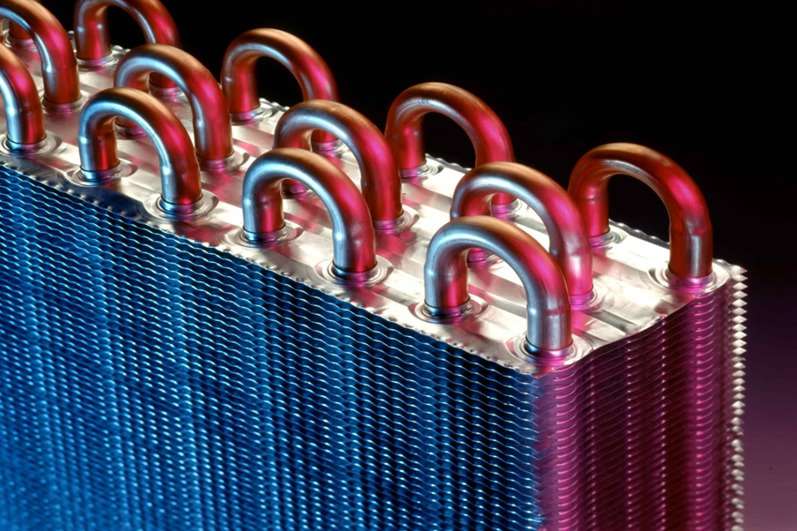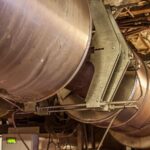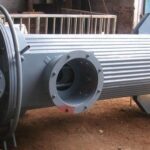The first step in the design of heating surfaces is determining the heat duties of different components of the boiler heating surfaces. Atypical boiler would use the following four types of heating surfaces:
Economizer
Evaporator
Superheater
Reheater (for reheat boilers)
Heat duty of these elements depends on the designed steam parameter of the boiler. It is best illustrated by an example (Figure 1), which shows how the relative heat duty of different boiler elements changes with steam pressure. As the steam pressure increases, the heat duty of the evaporator decreases and that of superheater increases.

Figure 1
At low pressure the evaporator duty is so high that a water wall or wing wall alone cannot absorb the required amount of heat. So, a separate heating surface, called bank tubes, is needed. After the heat duties of individual elements (economizer, evaporator, superheater, and reheater) are determined by the steam table, their disposition can be determined. From the viewpoint of heat absorption, a CFB boiler may be divided into two regions, the CFB loop and back-pass
1.1. Primary Loop
The CFB loop includes the furnace, cyclone/impact separator, loop-seal, and external heat exchanger.
2.2. Secondary Loop or Back-pass
The back-pass is the section of gas pass between the exit of the cyclone/impact separator and the exit of the air heater. The furnace usually accommodates:
Evaporator tubes
Parts of the superheater
Parts of or the entire reheater
The economizer is normally located in the back-pass between the superheater and the air heater. Evaporator tubes may form the walls of the furnace and those of the back-pass. Parts of it may also be located in the external heat exchanger. Sometimes, the superheater tubes also form parts of the back-pass enclosure. The disposition of the reheater and superheater tubes in the furnace, back-pass, and external heat exchanger is the designer’s choice. This choice is, however, influenced by the type of fuel, as shown below. Some designs also use a steam-cooled cyclone


